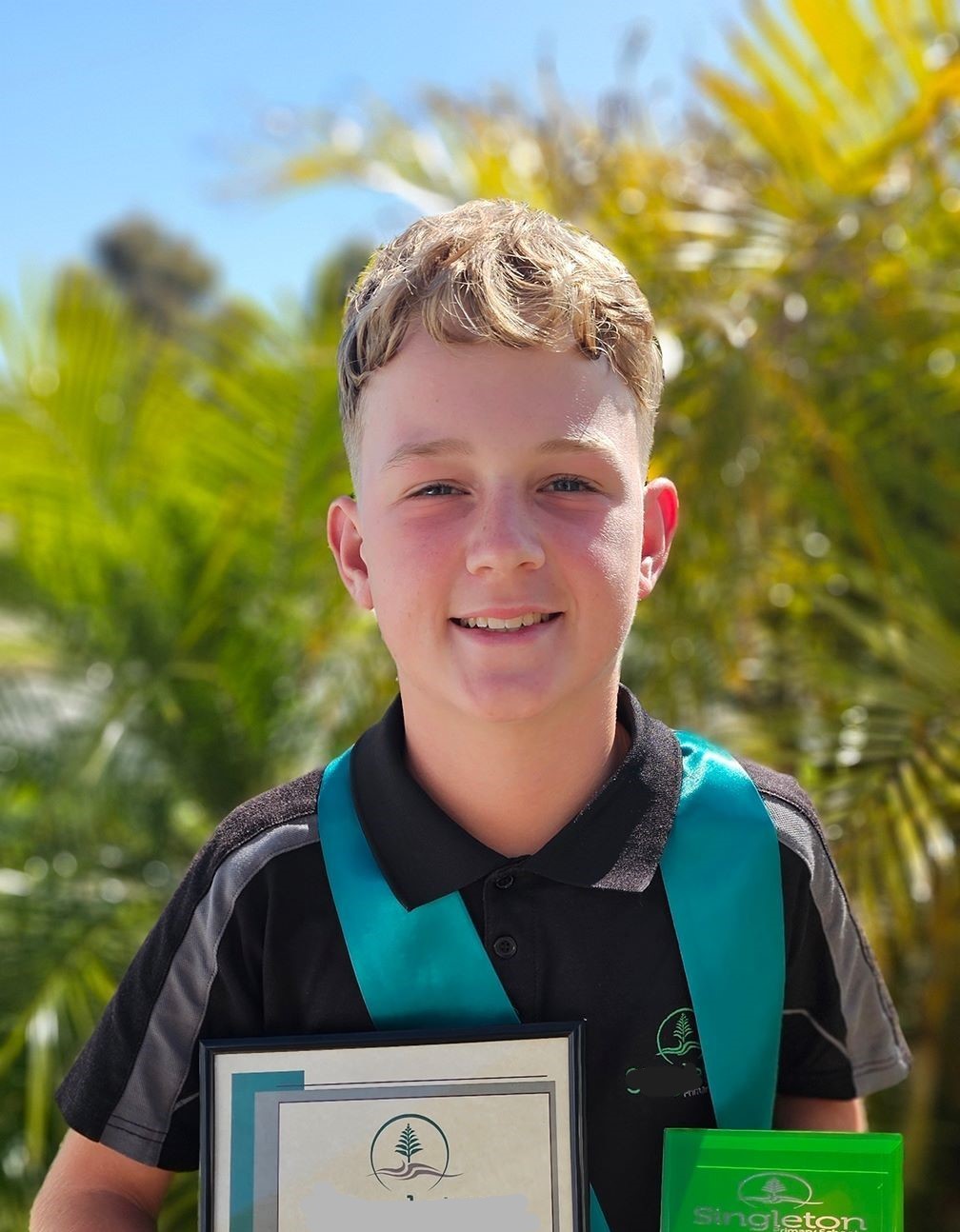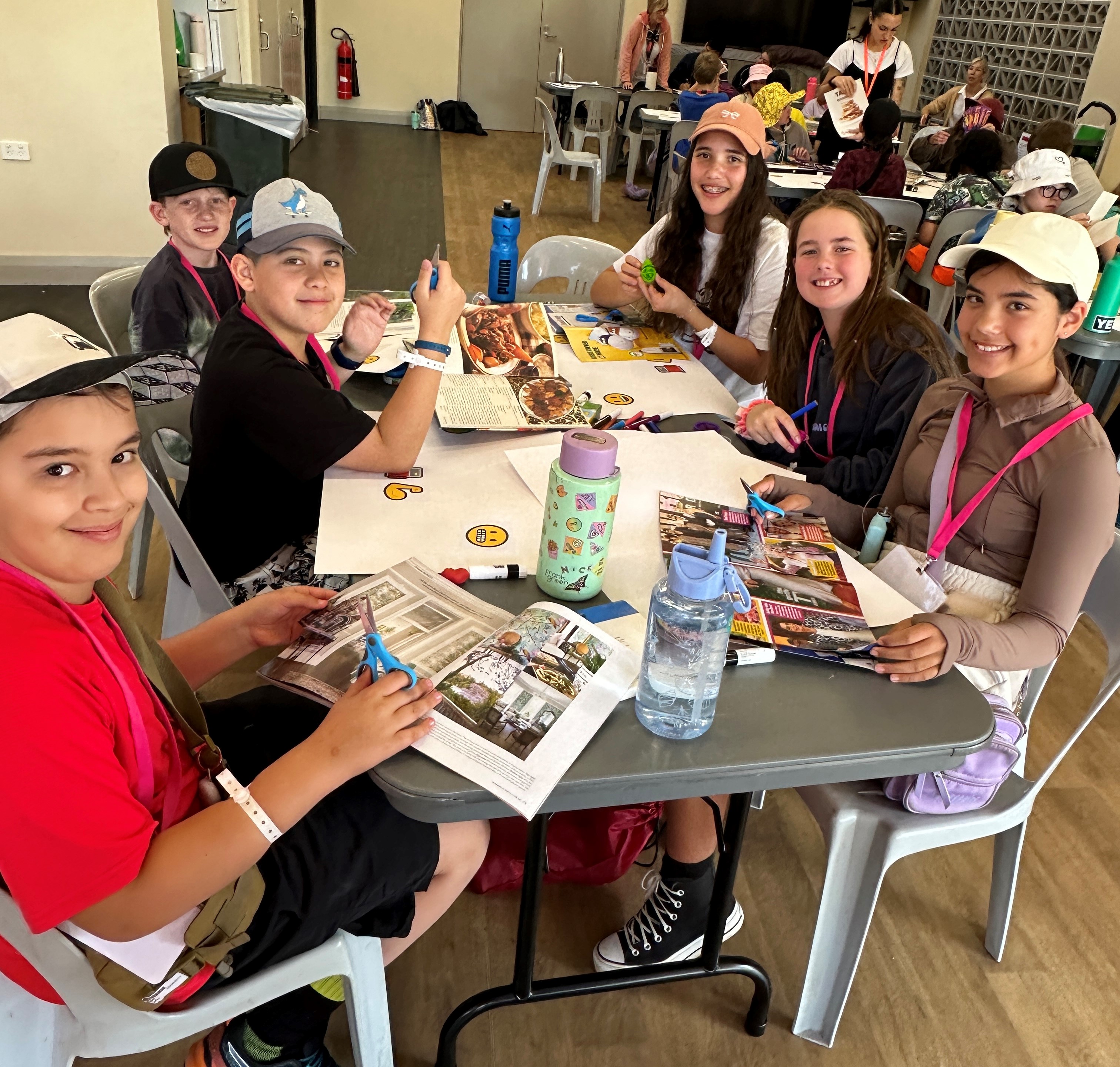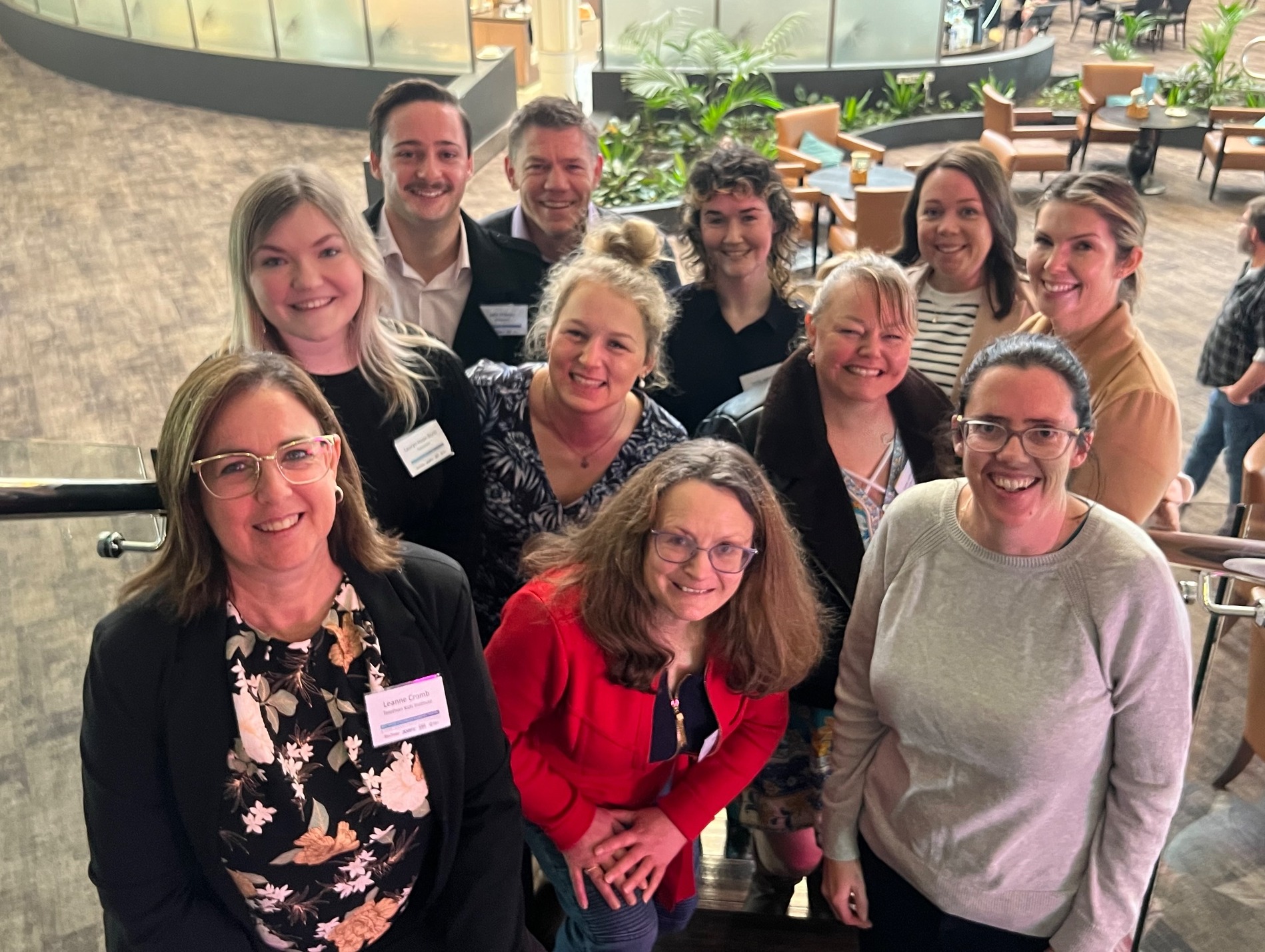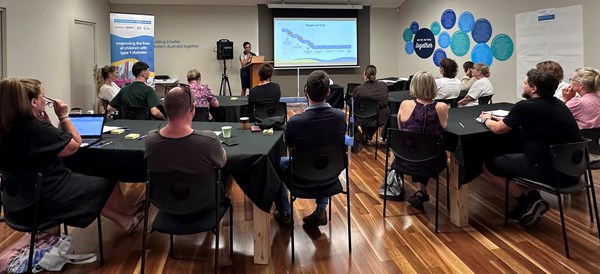Search

News & Events
Sports star awardWe are proud to have so many very talented children and youth in our T1D community.

News & Events
School holiday campDuring the recent school holidays, the Diabetes WA and Perth Children’s Hospital again ran a school holiday camp for kids living with type 1 diabetes.

News & Events
Supporting Families Project UpdateIn early 2024, Dr Aveni Haynes and her team were awarded Telethon Trust funding for their project Supporting Families.

News & Events
National Community and Consumer Involvement Committee UpdateNational committee members are a really important part of our research projects. Find out what they have been working on.

News & Events
Community Involvement in the CentreInvolving those who live with T1D or care for a child who lives with T1D is a primary focus for the Centre. This lived experience integral to making sure the research our Centre does is relevant and outcomes create meaningful impact for how they manage the condition on a day-to-day basis.


News & Events
Person Reported OutcomesThe PCH Diabetes Clinical team will again be collecting T1DAL surveys between June and July 2024, followed by PAID between November 2024 and January 2025.

News & Events
Understanding how you manage hyposIf you, or your child is aged between 2 – 18 years and has type 1 diabetes, we invite you to complete a few questions to help us see how you manage your hypos at home.

News & Events
Congratulations 2023 Round Two scholarship recipientsThe Rio Tinto Children’s Diabetes Centre; a JDRF Global Centre of Excellence (the Centre), announces 2023 Round 2, Honours and PhD scholarships for students dedicated to type 1 diabetes (T1D) research.

News & Events
Dr Shaun Teo and Dr Paul Fournier awarded Diabetes Australia grantsA big congratulations to our The Kids and UWA researchers Dr Shaun Teo and Dr Paul Fournier who have both been awarded $70,000 grants for their diabetes research projects, under the 2023 Diabetes Australia Research Program (DARP).
